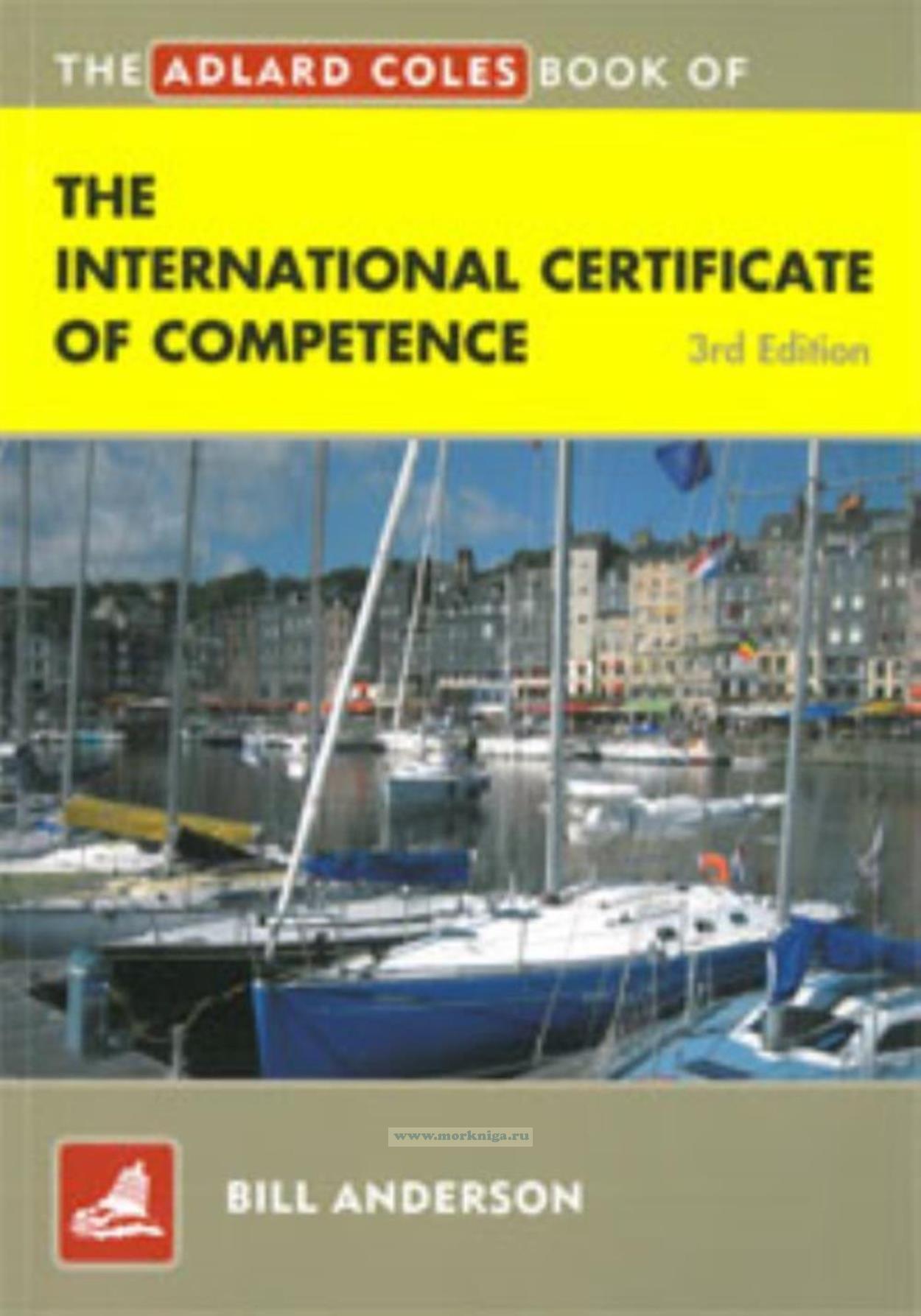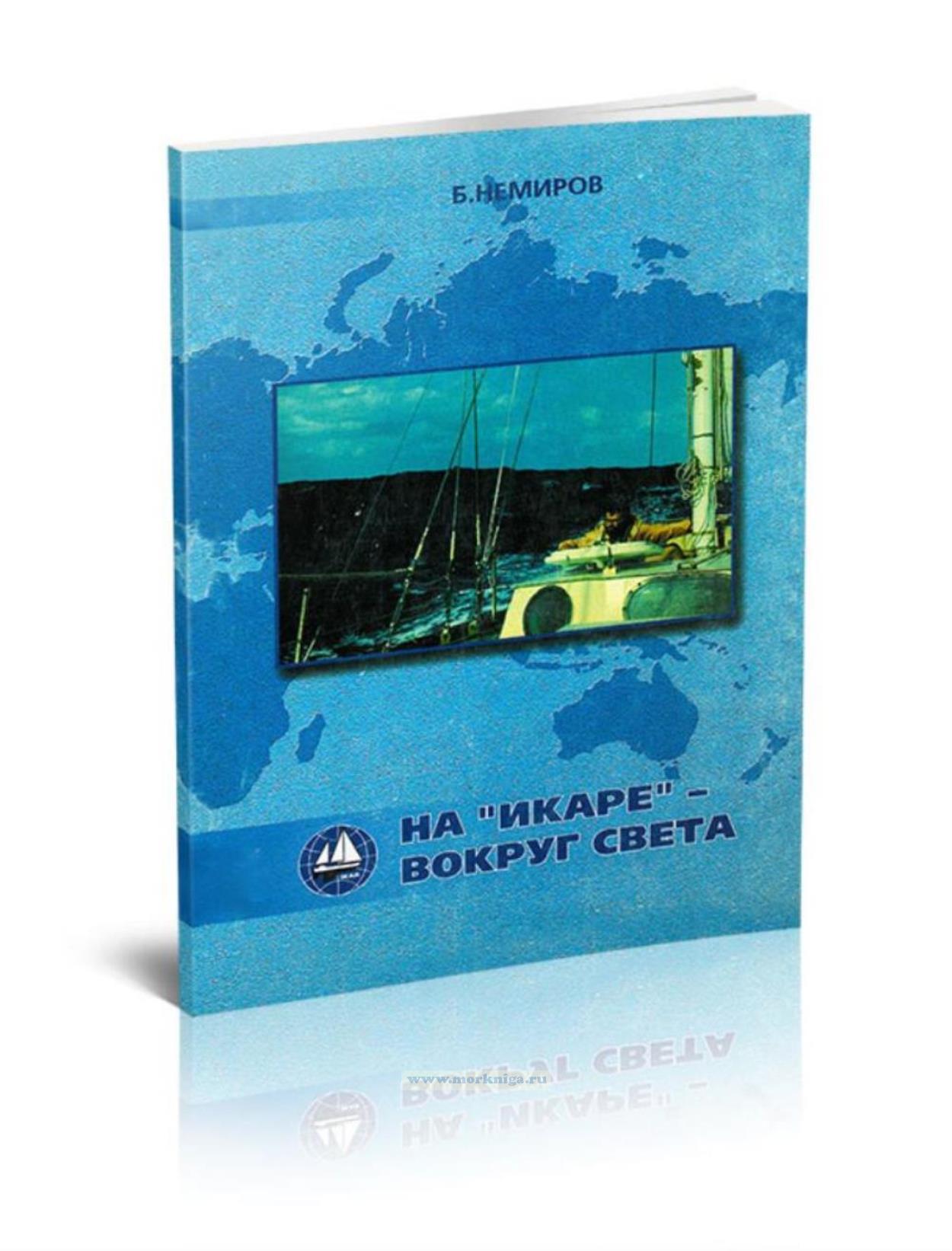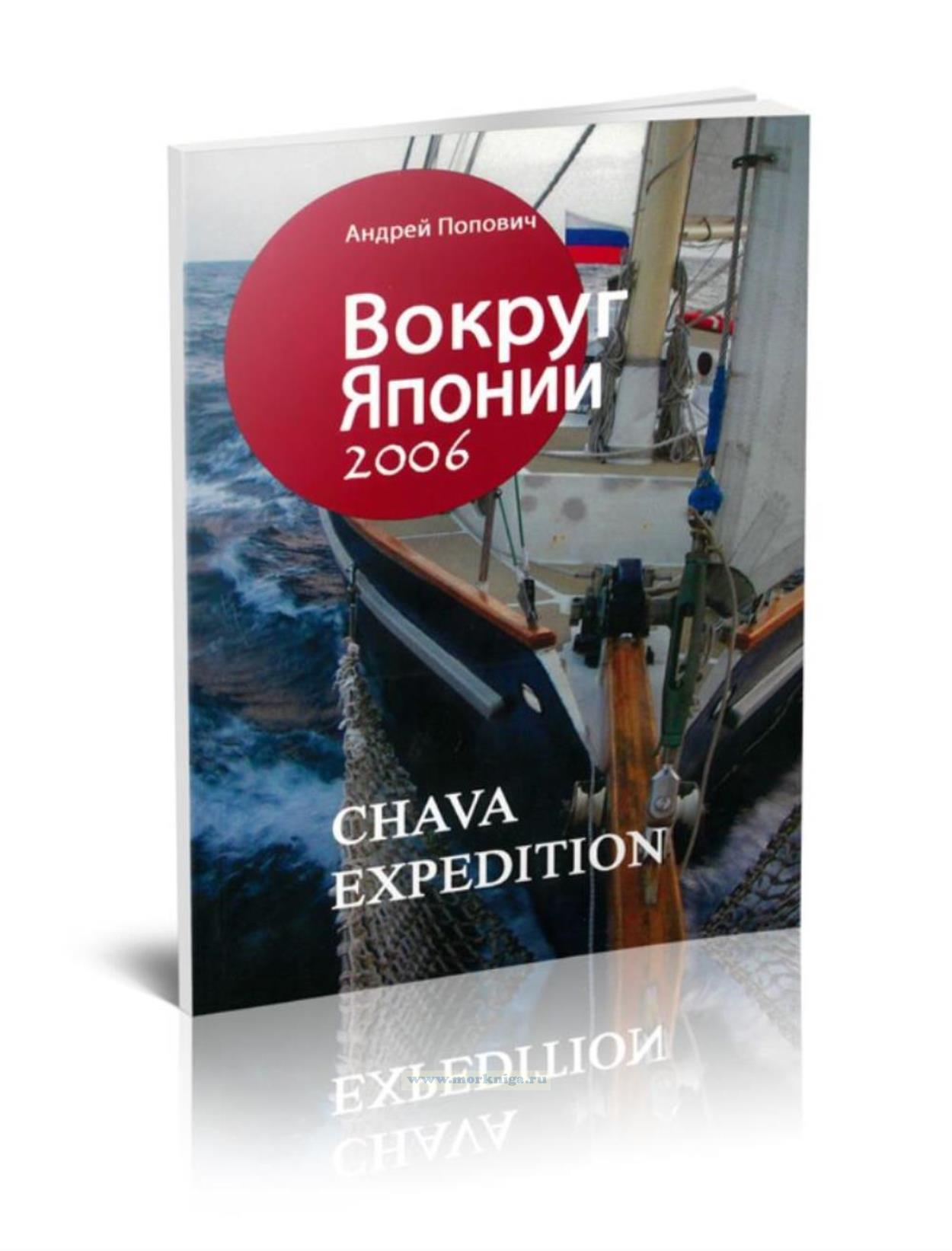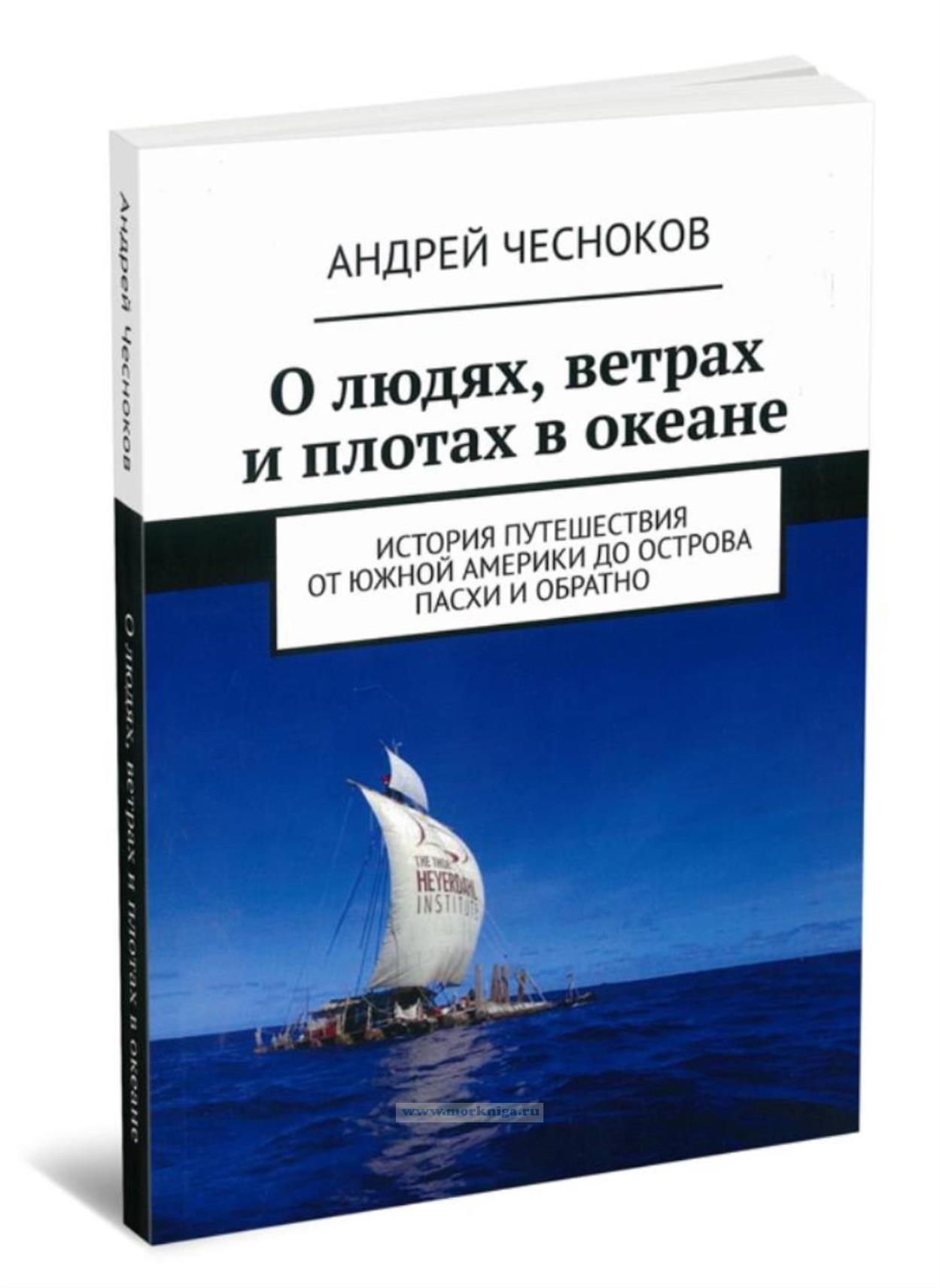Сб с 10 до 16
The international certificate of competence. 3rd edition
The International Certificate of Competence, ICC for short, is an invention of the United Nations Economic Commission for Europe, Inland Transport Committee, Working Party on Inland Water Transport. Its purpose is to provide boatowners and charterers with a document issued in their own country and recognised throughout Europe.
The agreement which sets up the rules for the issue of certificates is titled International Certificate for Operators of Pleasure Craft, Resolution No 40.
Содержание
Introduction
Eligibility Categories of ICC
Applying to take the ICC test
Exemptions from the ICC test
The Written Test
The syllabus
All Candidates: Regulations
1 Knows responsibility for keeping a proper lookout
2 Can determine a 'safe speed'
3 Can recognise a potential collision situation
4 Can identify 'give-way' vessel in a collision situation
5 Knows what action to take as 'give-way' and 'stand-on' vessel
6 Knows the responsibilities of a small vessel in a narrow channel
7 Can recognise manoeuvring signals (1,2,3, and 5 short blasts)
8 Can make and recognise visual distress signals
Self-test Questions on Regulations
All Candidates: Safety
1 Is able to use and instruct crew on the use of lifejackets;
distress flares; fire extinguishers; kill cord (if fitted)
Lifejackets Distress flares Fire extinguishers The kill cord
2 Can prepare a boat for use and take sensible precautions before setting out, including: engine checks;
check fuel for range/duration of trip; obtain weather forecast; avoid overloading boat
Engine checks
Fuel and operating range or
duration
Obtaining weather forecasts Avoiding overloading the boat
Self-test Questions on Safety
Inland Only: CEVNI (European Code for Inland Waterways)
Rules of the Road Lights and day shapes Waterway signs Marking
Self-test Questions on CEVNI
Candidates for Coastal Waters: Regulations
1 Knows the rules relating to Traffic Separation Schemes
2 Knows the requirements for navigation lights and shapes to be displayed by own vessel
3 Can recognise the following from their lights: power driven and sailing vessel; vessel at anchor; tug and tow; dredger
4 Knows sound signals to be made by vessels in Section 3 above
Self-test Questions for Coastal Waters: Regulations
Candidates for Coastal Waters: Pilotage
1 Can recognise, by day and night, and understand the significance of buoys of the IALA system
Cardinal buoys
Lateral buoys
2 Knows sources of information on: local regulations; port entry and departure signals; VTS and Port Operations Radio
3 Can plan a harbour entry/departure, taking account of possible presence of large vessels and avoiding navigational hazards
Self-test Questions for Coastal Waters: Pilotage
Candidates for Coastal Waters: Navigation
1 Can interpret a navigational chart, understand the significance of charted depths and drying heights and identify charted hazards
2 Can plot position by cross bearings and by latitude and longitude
3 Can determine magnetic course to steer, making allowance for leeway and tidal stream
4 Can use a tide table to find times and heights of high and low water at a standard port
5 Can determine direction and rate of tidal stream from a tidal stream atlas or tidal diamonds on a chart
Self-test Questions for Coastal Waters: Navigation
The Practical Test
1 Start: Give safety briefing including use of safety equipment; has listened to weather forecasts; pre-start engine checks; start engine; check cooling; know fuel range
2 Depart from pontoon: understand use of springs to depart from lee wall/pontoon; communicate with crew; position fenders correctly
3 360° turn in confined space
4 Securing to buoy: communicate effectively with crew; prepare warp; choose correct angle of approach; control speed of approach; secure boat effectively; depart from the mooring safely
5 Man overboard: observe MOB or instruct crew to do so; demonstrate correct direction and speed of approach; make suitable contact with MOB
6a High speed manoeuvres (if appropriate): use kill cord if appropriate; choose suitable area; show awareness of other water users;
warn crew before each manoeuvre; look round before S and U turns; control speed on U turns; emergency stop
6b Handling under sail (if
appropriate): sail a triangular course with one leg to windward; choose suitable area for hoisting/ lowering sails; use sails suitable for prevailing conditions; show awareness of wind direction; trim sails correctly on each point of sailing; warn crew before making manoeuvres; look round before tacking and gybing; control sails during tacking and gybing
7 Coming alongside windward
pontoon: communicate effectively with crew; show awareness of other water users; prepare warps/fenders; choose correct angle of approach; control speed of approach; stop boat in place required and secure to pontoon; stop engine
Self-test Answers
Index

 На "Икаре" - вокруг Света
На "Икаре" - вокруг Света  Вокруг Японии - 2006. Chava expedition
Вокруг Японии - 2006. Chava expedition  О людях, ветрах и плотах в океане. История путешествия от Южной Америки до острова Пасхи и обратно
О людях, ветрах и плотах в океане. История путешествия от Южной Америки до острова Пасхи и обратно